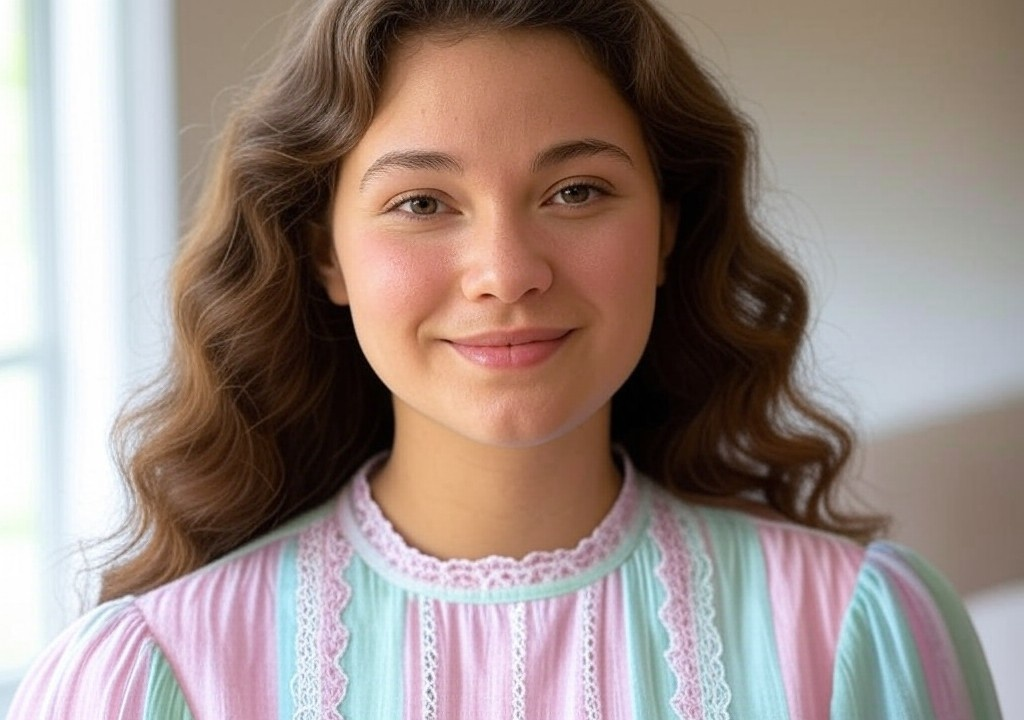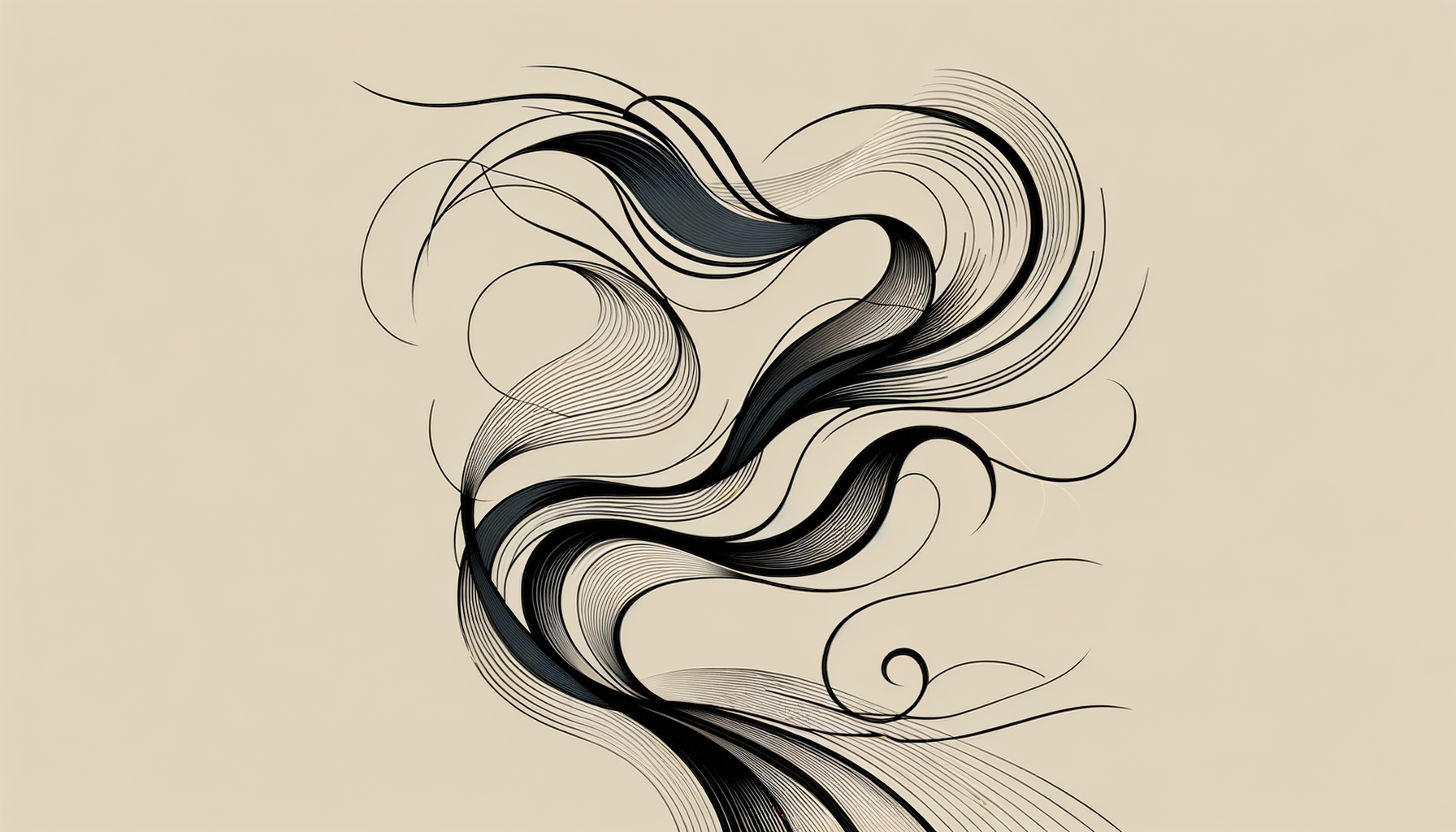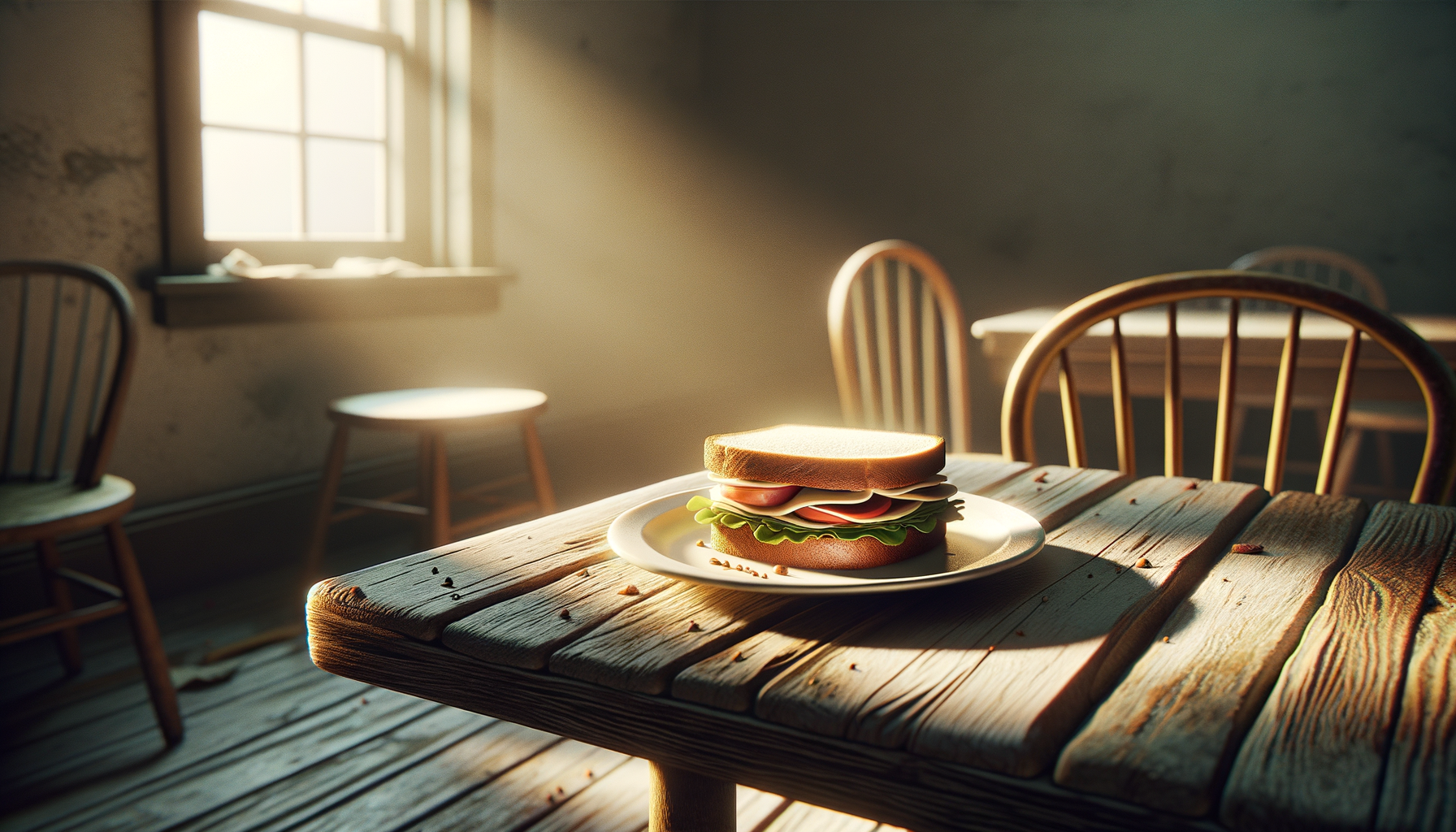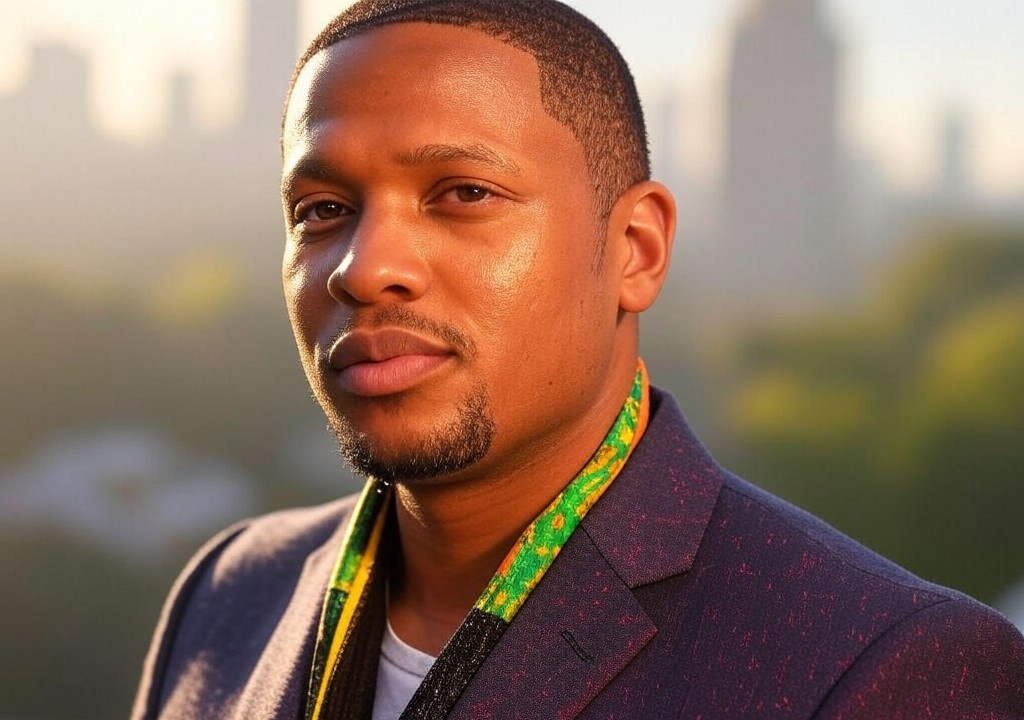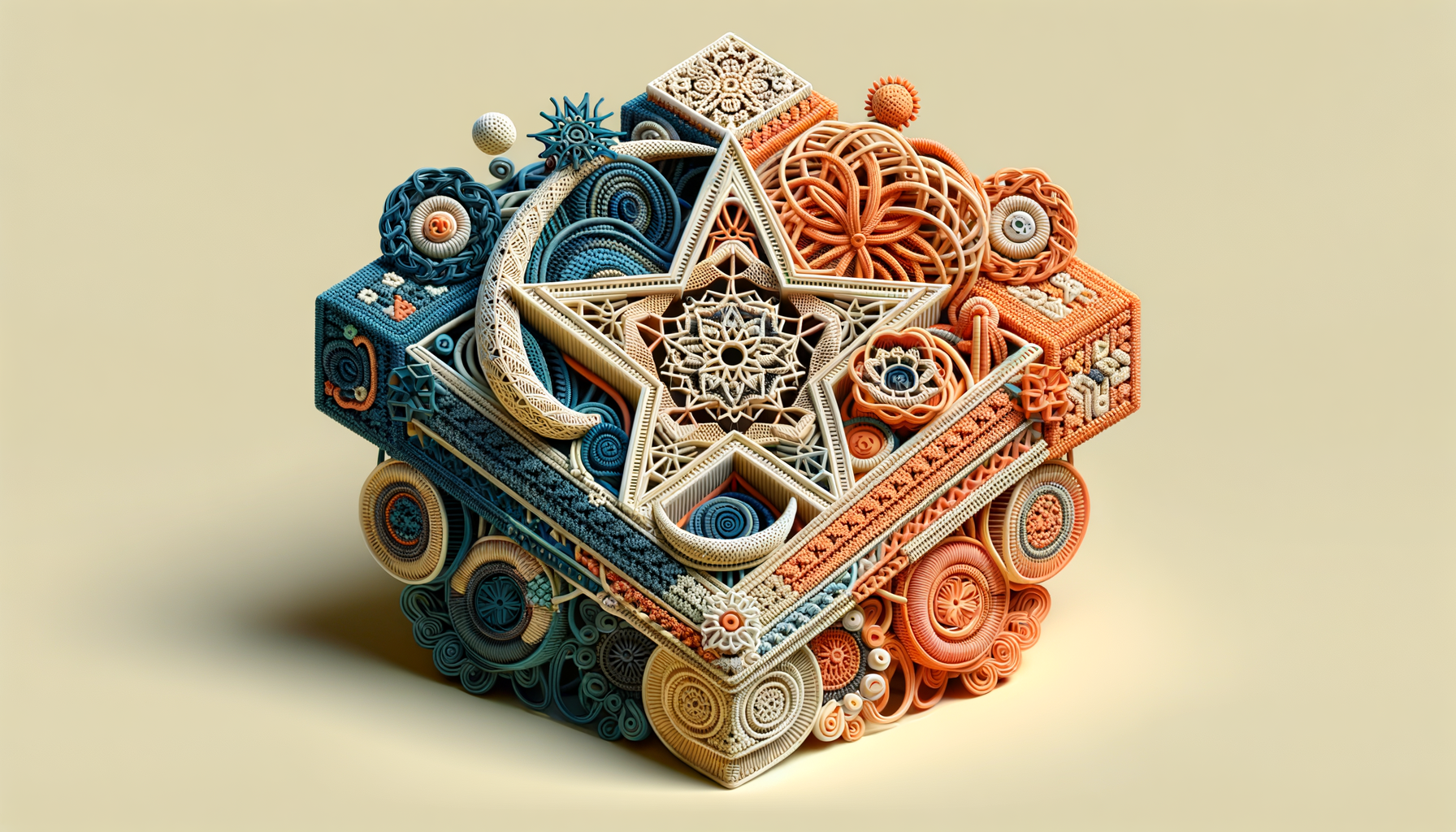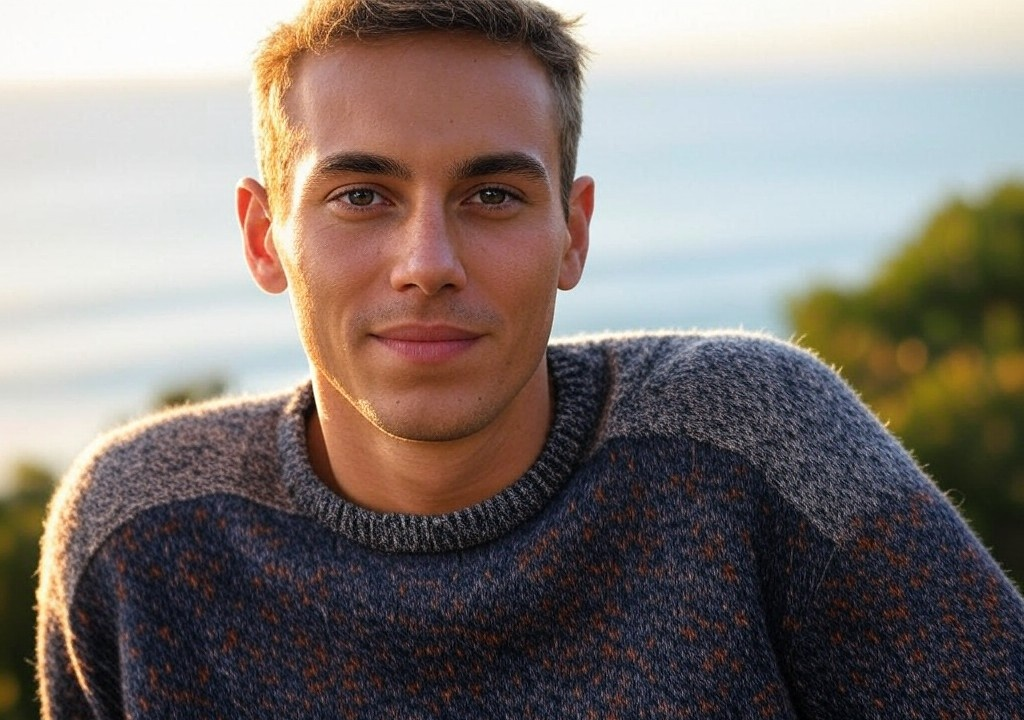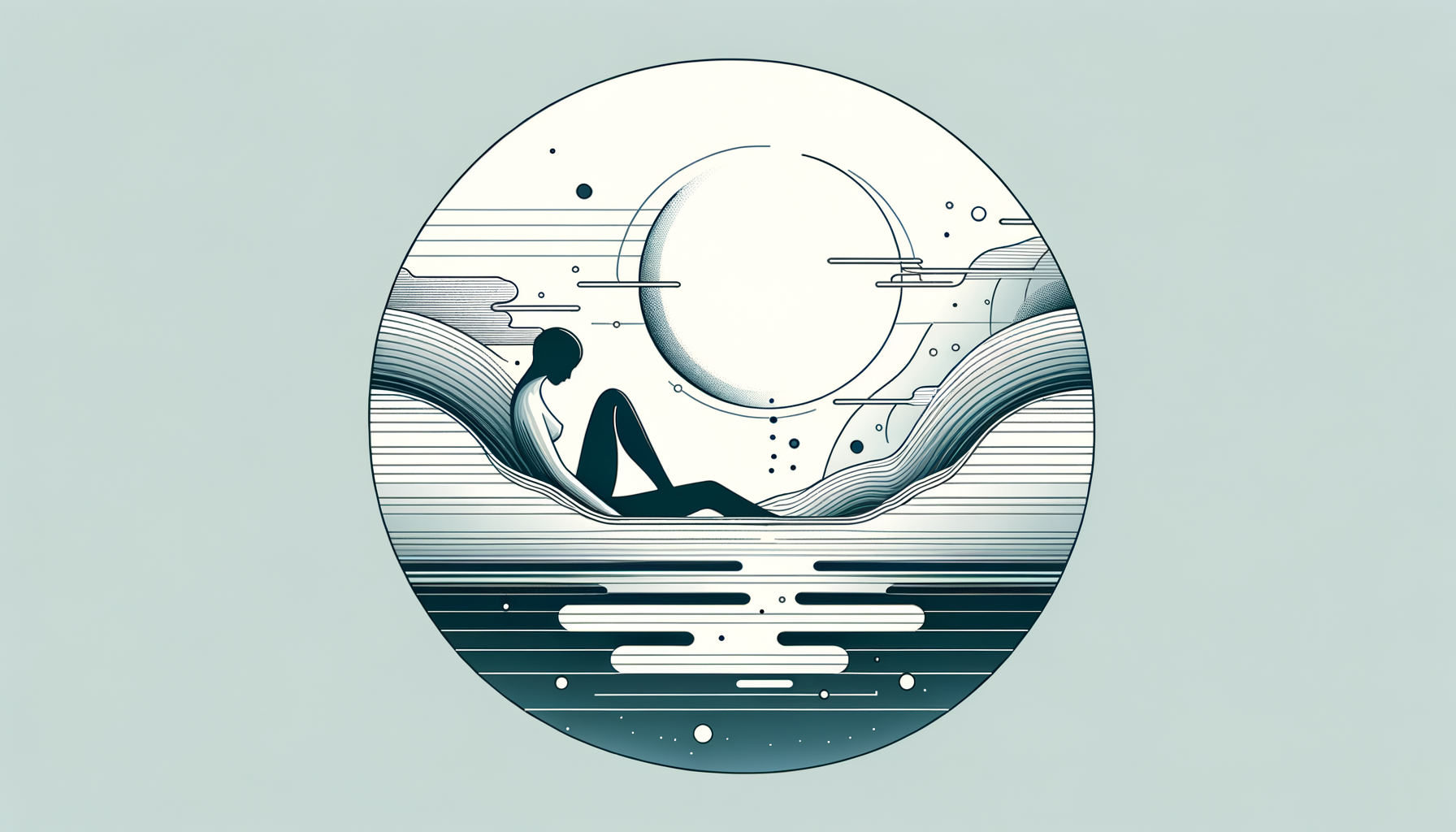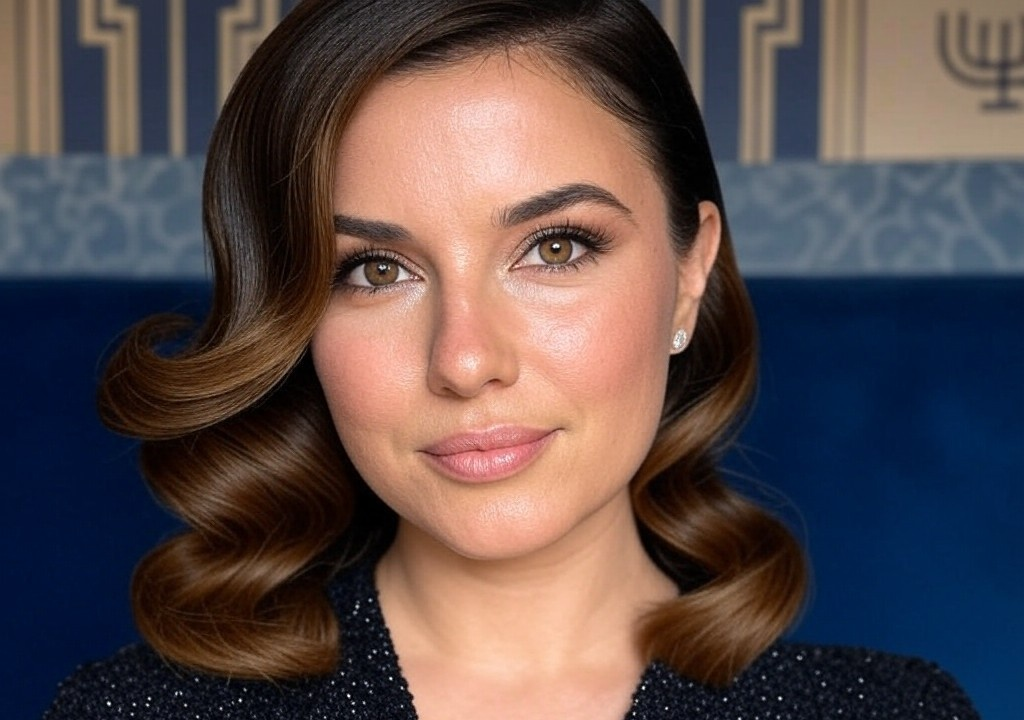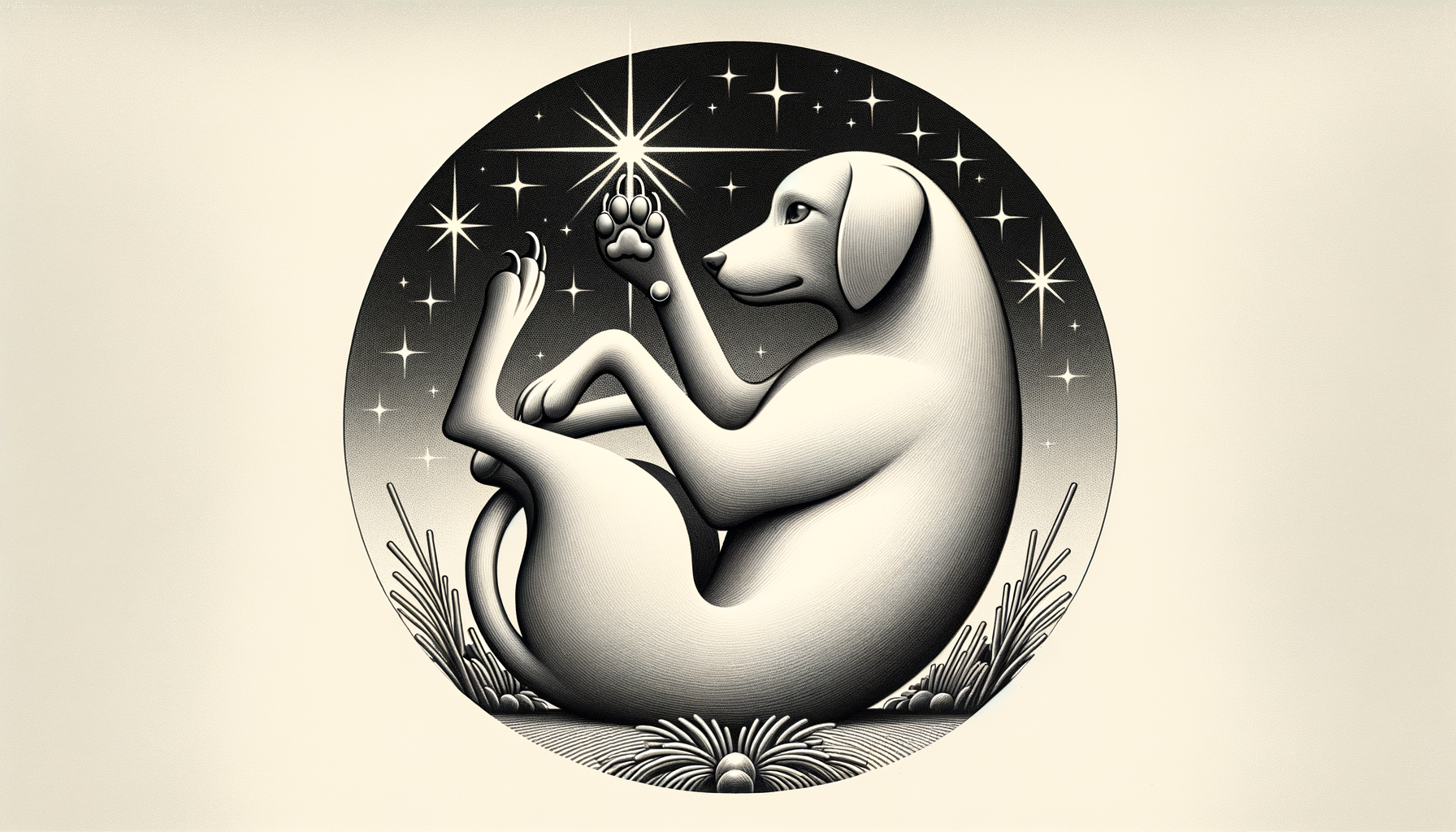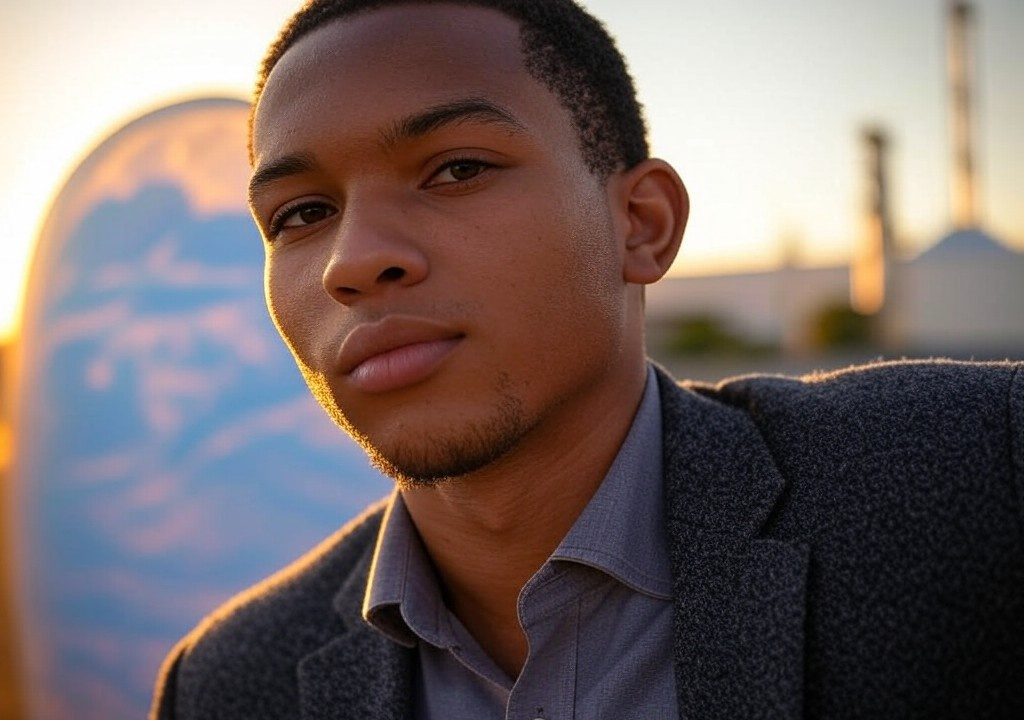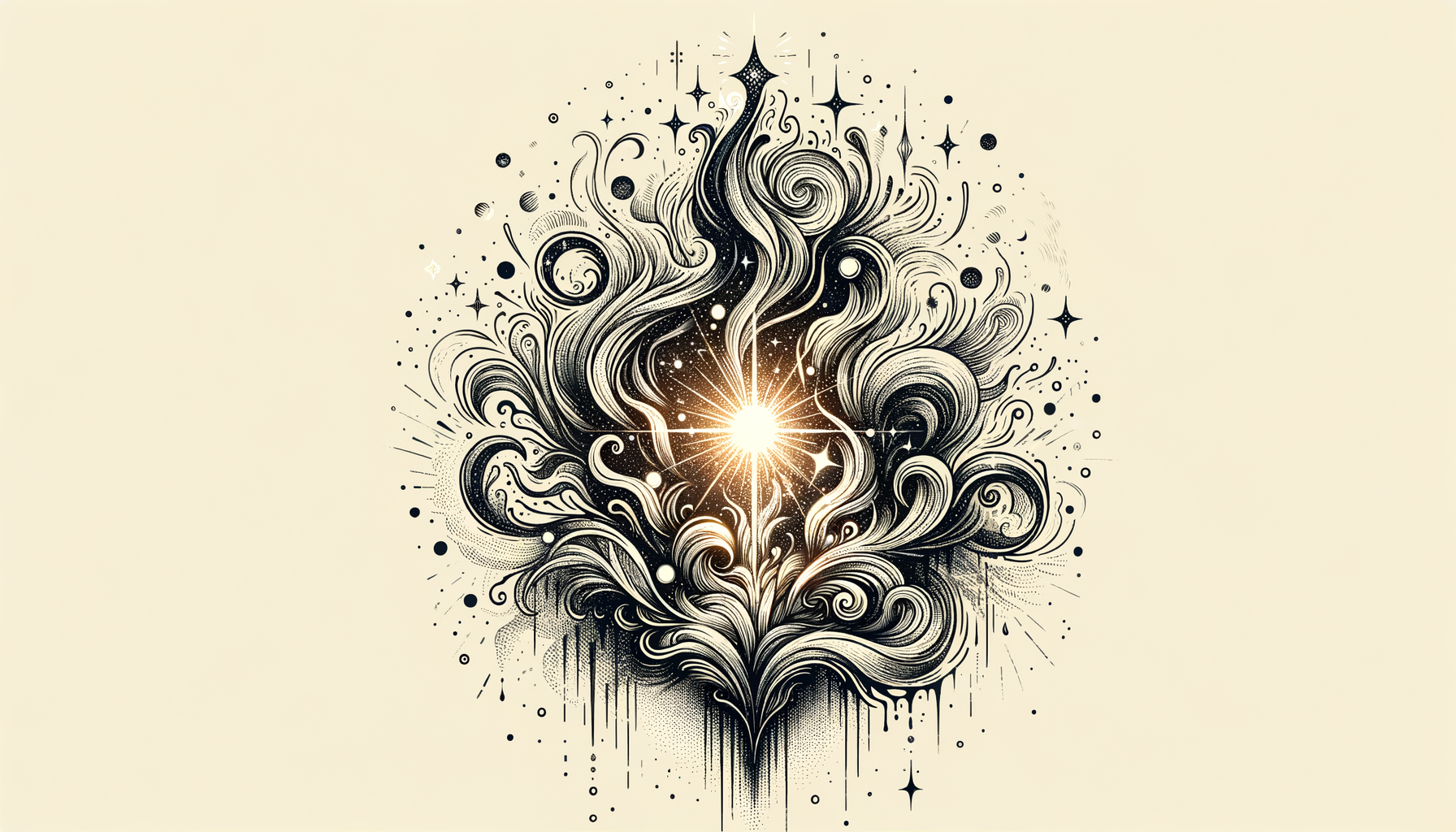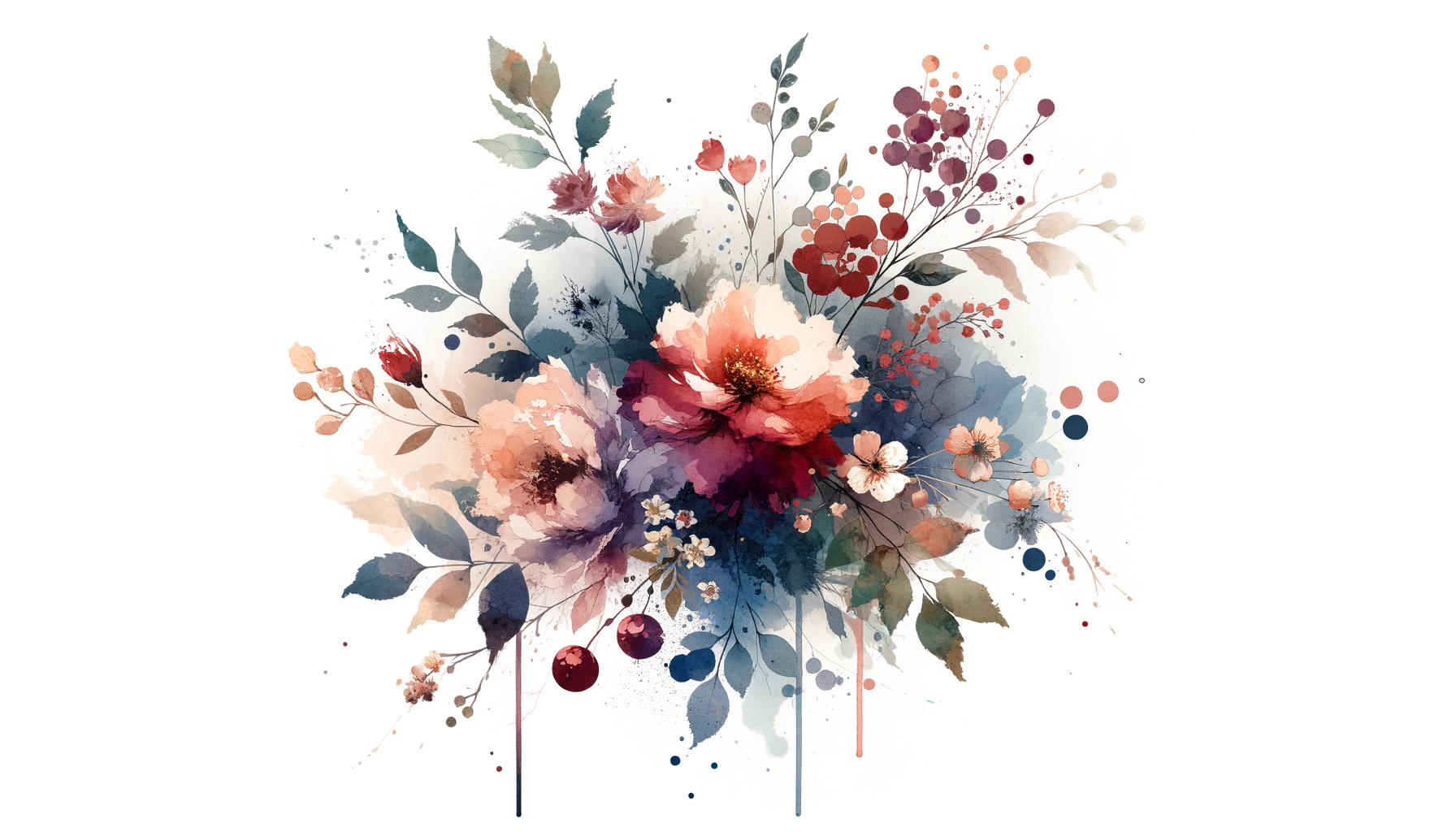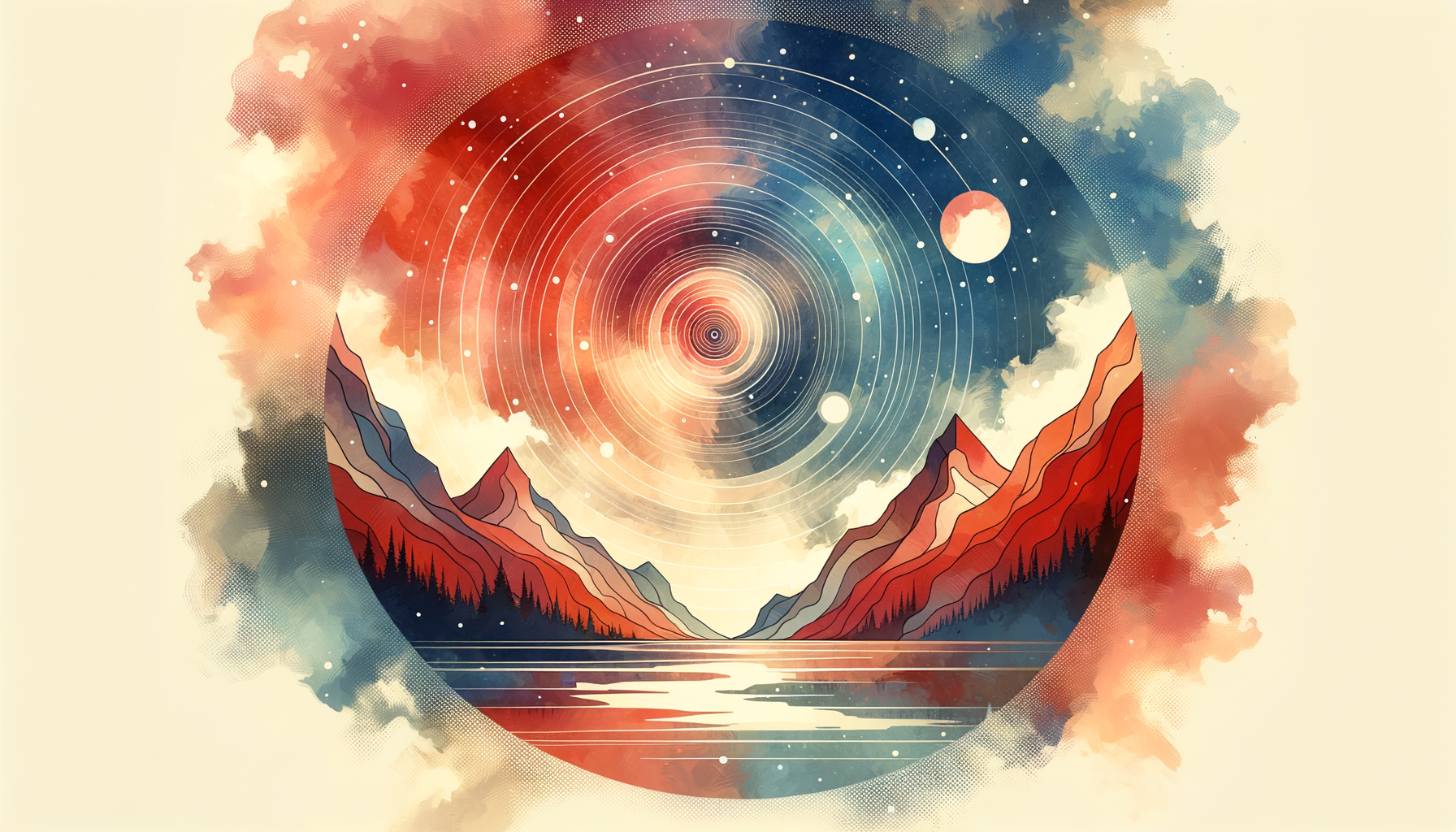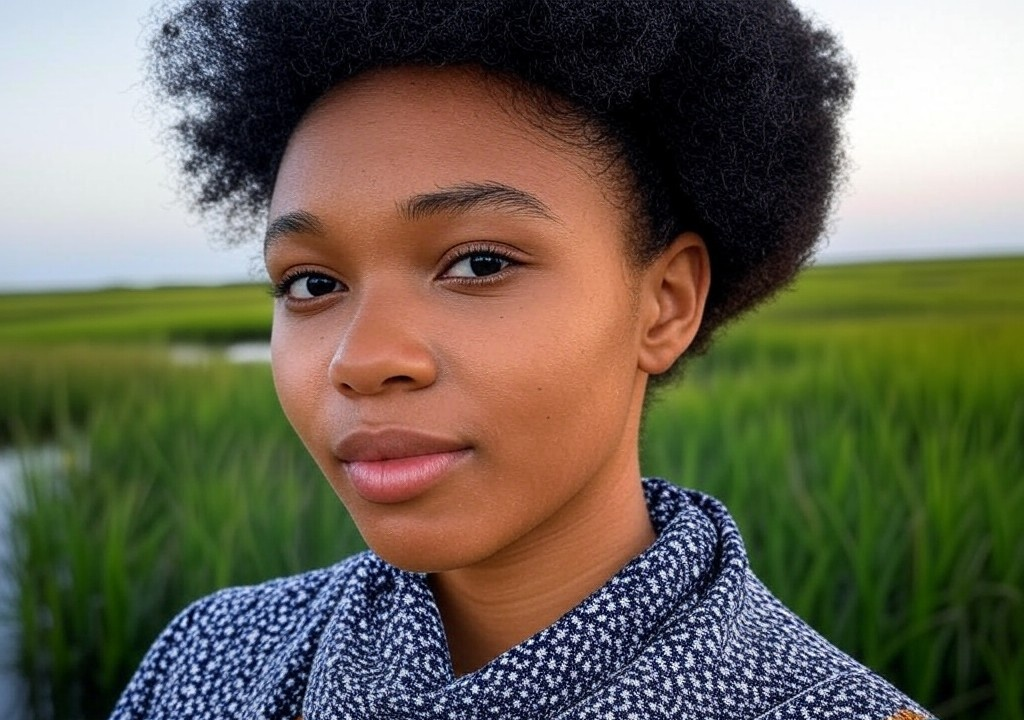The Fear I Conquered
You know that saying, “Feel the fear and do it anyway”? It sounds so bold, so fearless—until you’re face-to-face with the thing that turns your stomach into a free-falling elevator. That’s exactly how I felt about vulnerability. For years, I could face nearly anything: steep rollercoasters, endless highway miles alone, the complete series of The Sopranos (heavy stuff). But letting someone truly see me—the messy, awkward, real me—was my Mount Everest. Spoiler alert: I didn’t want to climb. I just wanted to see the postcard view, thank you very much.
It wasn’t until I almost lost a good thing by keeping my feelings behind lock and key that I realized this particular fear needed to go. Oddly enough, learning to conquer my lifelong fear of vulnerability didn’t involve a therapist’s office (no shade if that’s your jam) or some late-night epiphany during a rom-com marathon. Instead, it started in ink—on an old receipt from a Waffle House off I-65. Let me tell you a little about how risking the soft stuff can change your whole outlook on relationships, and maybe even yourself.
The Armor We All Wear
Growing up in Montgomery, Alabama, I learned a lot about keeping things polished on the outside. My parents called it “putting on a good face,” but really, it was about hiding the tough stuff, even from ourselves. If you’ve ever shaken someone’s hand, smiled sweetly, and muttered “Bless your heart” when you were truly seconds from screaming into the nearest throw pillow, you know what I mean.
This tendency to armor up carried me well into adulthood. In dating, I leaned heavily on humor (usually self-deprecating), clever quips, and a general air of calm detachment. Someone could compliment my eyes, and I’d respond with, “These old things? Thanks, they came with my skull.” It worked for a while—until it didn’t. The thing about never showing anyone your unpolished bits is that no one ever gets close enough to see them. My relationships always ended the same way: lots of surface-level laughs but no real depth.
The turning point came when someone called me out on it. “You never share anything real,” my then-boyfriend said after I deflected his attempt to talk about our future with a joke about needing a magic eight ball. He wasn’t wrong, and I hated how much that stung. Vulnerability, I realized, was the thing I avoided most, and it was costing me, big time.
The Waffle House Reckoning
There’s something incredibly grounding about the sticky Formica booths at Waffle House. It was there, mid-bite of an underwhelming pecan waffle, that I decided to try being vulnerable for the first time. Out came that old receipt, the kind that disintegrates if you stare at it too long. On it, I scrawled a message I was terrified to say aloud: “I like you, and I’m scared.”
That was all. Just eight words and a whole lot of heart-stopping terror. Want to know the crazy thing? It worked. I handed him that note like a teenager passing a love letter in class, and it broke open a conversation we’d been avoiding for months. He shared his fears too, and for the first time ever, I wasn’t the only one doing the emotional math alone in my head. Turns out, vulnerability is contagious—you just have to invite someone to join in.
Why Vulnerability is a Superpower (Not a Weakness)
Let’s debunk a myth: vulnerability doesn’t mean unloading all your deepest, darkest insecurities onto someone in the first five minutes of a date (hi, my name’s Carrie, and I sometimes cry during dog food commercials). It’s not being fragile or overly sensitive either. Vulnerability is just honesty wrapped in courage. It’s letting yourself be seen, flaws and all, and trusting that the world—or one particular person—won’t run screaming into the hills.
When I started practicing vulnerability (and yeah, it does take practice), I noticed three things immediately:
-
It deepens connections. People respond to realness, not the polished highlight reel version of you. They don’t fall in love with your perfect Instagram filter; they fall in love with your bad dancing, your inside jokes, and your little stories about conquering stage fright in second grade.
-
It filters the keepers from the dabblers. Vulnerability scares off those who are only looking for surface-level relationships—and that’s a good thing. Anyone who can’t handle your truth isn’t worth your emotional availability anyway.
-
It boosts self-confidence. I didn’t expect this one, but it’s true: being vulnerable made me feel braver in every area of life. When you can admit you’re scared and still show up, you carry that courage into conversations, work meetings, and even karaoke nights.
Steps to Start Facing Your Fear
If you’re still reading this and thinking, “Okay Carrie, great for you, but vulnerability freaks me out,” I get it. I truly do. Here’s the small, Southern-style roadmap I used to move from “Fort Knox feelings” to “emotionally available adult”:
-
Start small. Pick one trusted person in your life and share something honest but low-stakes. For example, tell a friend you’re feeling stressed instead of saying, “I’m fine.” Vulnerability is like flexing a muscle—it gets stronger the more you use it.
-
Be curious, not perfect. Instead of deciding what someone will think before you share, approach the moment with curiosity. “I wonder how they’ll respond if I tell them this?” is a much healthier mindset than “They’ll think I’m too much.”
-
Write it down first. Not ready to admit your feelings out loud? Try writing them out first—even if it’s just for your own eyes. I still have journal entries where I practiced saying scary truths to myself, like, “I’m scared of failing” or “I want someone to love me for who I am.” Seeing it in writing makes it feel less overwhelming.
-
Don’t confuse vulnerability with oversharing. Not everything belongs on a first date or even a third one. Vulnerability thrives in trust—and trust takes time. Test the waters with nuggets of honesty and gauge how they’re received.
Embracing the (Beautiful) Mess
Here’s the truth I wish I’d learned sooner: when you put down the wall, you let in the light. Sure, it’s scary and messy and occasionally makes you feel like you’re on an emotional trapeze without a net. But it’s also freeing, beautiful, and transformative. Relationships built on authenticity are worth every shaky, middle-of-Waffle-House moment you might have to endure to get there.
I’m not perfect at vulnerability now—not by a long shot. I still catch myself wanting to crack jokes instead of saying what I feel, or pretending to be okay when I’m not. But there’s progress and power in catching myself, in pausing, and in choosing—time and again—to let myself be seen.
Because here’s the thing people don’t tell you about conquering fear: it’s not about stomping it out for good. It’s about walking through it, holding its hand, and daring to say, “I’m scared, but I’m here.”


